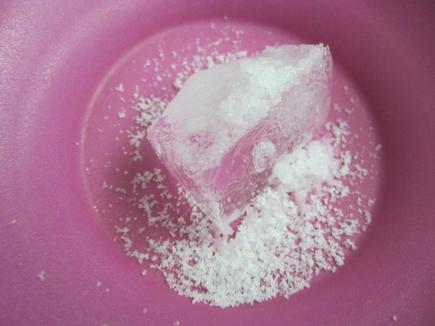How Does Table Salt Melt Ice Faster
When Does Regular Salt Stop Melting Ice
What Happens When Salt Is Added To Ice – Explaining At the Molecular Level
Salt or sodium chloride is an ionic compound. When it is put on the surface of the ice on roads, it mixes with the water (a polar compound) on the surface and breaks into its elements, sodium (Na+) and chloride (Cl–) ions. This would not have been possible if there was no water along with the ice. Now, these ions occupy the space in between the liquid water molecules and prevent them from coming close together to form solid ice. This lowers the freezing point of the water. The salt in the solution also comes in the way of the rigid structure of the ice it is in contact with, weakens its bonds and causes it to melt. More water dissolves the salt further, breaking into more and more ions, continuing the melting. So ice begins to melt before the water can freeze. Sometimes other salts, such as calcium chloride, potassium chloride, etc. are also spread on snow to make it melt. It is because they can separate into more ions. More ions in water would mean more obstruction to the crystal structure of ice, hence more melting. These salts can lower the freezing point of water further than rock salt. Apart from salts, other substances such as sugar and alcohol can produce the same effect, as anything disrupting the normal structure of water and ice would prevent it from freezing. But less abundance and a higher cost restrict their use as de-icing agents. – Epsom salt does melt ice, but it takes longer than table salt. 2. Which type of salt melts ice the fastest? – Though a variety of commercial ice melting products is used nowadays that contain complex combinations of salts and act very fast, of the common salts, calcium chloride is known to melt fastest, even at temperatures as low as -25oF (-32oC).
